Don’t Put Your Trowel Away! Why Fall is the Secret to a Better Garden
You know that feeling in the air when summer finally breaks? The light gets a little softer, and you can smell the rain in the soil again. For a lot of folks, that’s the signal to pack up the garden tools and call it a season. But honestly, if you do that, you’re missing out on the best part.
In this article
- The Autumn Advantage: Why Planting Now Just Works
- Prep Your Soil: The Most Important 60 Minutes You’ll Spend
- Color Right Now: Plants for an Instant Autumn Boost
- A Gift to Your Future Self: Planting for Spring
- Short on Time? Try This 20-Minute Project
- Bridging the Seasons with Cool-Weather Annuals
- A Few Final Tips for Your Region
- Inspirational Gallery
Autumn isn’t the end of the gardening year; it’s the secret beginning. It’s our chance to do two amazing things: get one last explosion of color before the snow flies, and set the stage for a jaw-dropping spring show. It’s all about working with the seasons, not just reacting to them.
The Autumn Advantage: Why Planting Now Just Works
So, why is fall such a magical time for planting? It’s not just a random tradition; it’s based on some really cool plant science that makes your job easier and your plants happier.
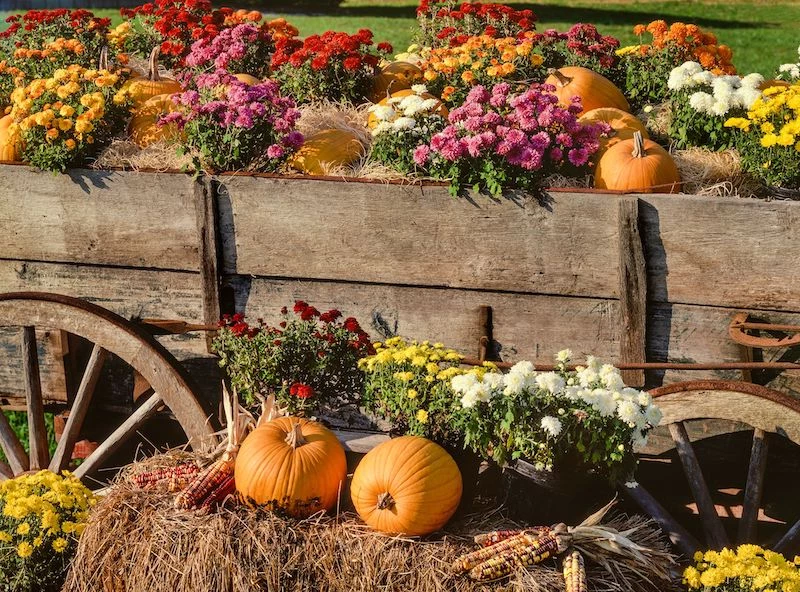
The Soil is a Warm Blanket
Even when you need a light jacket, the ground is still holding onto a surprising amount of summer’s warmth. This is the perfect scenario for roots. A plant popped into the ground now can focus all its energy on establishing a deep, healthy root system without the stress of trying to produce leaves and flowers. It’s like giving it a massive head start for next year.
Less Plant Stress, More Success
Think about planting something in the middle of July. It’s a battle against scorching sun and constant thirst. Fall, on the other hand, is like a spa day for new plants. The cooler air and gentler sun mean they lose less water through their leaves. Plus, we usually get more rain, which keeps the soil perfectly moist for those new roots to settle in without shock.
The Mandatory Winter Nap
Here’s a fun fact: many of your favorite spring flowers, especially bulbs like tulips and daffodils, absolutely require a long period of cold to bloom. It’s a biological trigger. They need a certain number of chill hours (usually below 40°F) to get the signal to create a flower. If you plant them in the fall, they get this cold treatment naturally over the winter. Skip this step, and you might get some leaves, but you definitely won’t get any flowers.
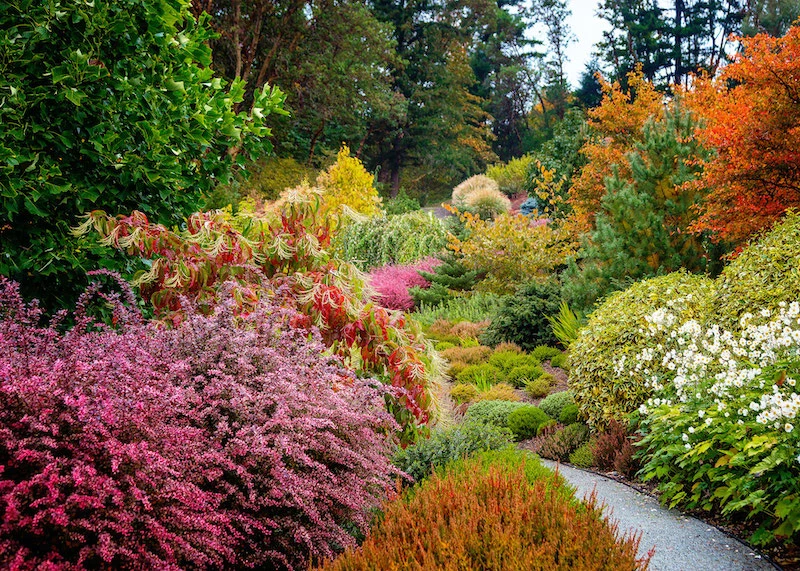
Prep Your Soil: The Most Important 60 Minutes You’ll Spend
I’ve seen it a hundred times: someone spends a fortune on beautiful plants only to watch them struggle in sad, compacted soil. A little prep work now is the foundation for everything else. Seriously, don’t skip this.
Before you even think about adding amendments, it’s worth knowing what you’re starting with. A simple soil test kit from a nursery or hardware store costs about $15 and can tell you your soil’s pH and nutrient situation. It takes the guesswork out of the equation.
The number one killer of plants over the winter isn’t the cold; it’s ‘wet feet.’ When water can’t drain away, roots and bulbs simply rot. The fix for almost any soil issue—whether it’s heavy clay or sand that won’t hold water—is organic matter. For a new garden bed, I always spread a 2 to 4-inch layer of good compost over the top. For a typical 4×8 foot bed, that’s about three or four of those big 1.5-cubic-foot bags from the garden center, which will probably set you back $25 to $40. Then, just work it into the top 8 inches of soil with a garden fork. Your soil will thank you.
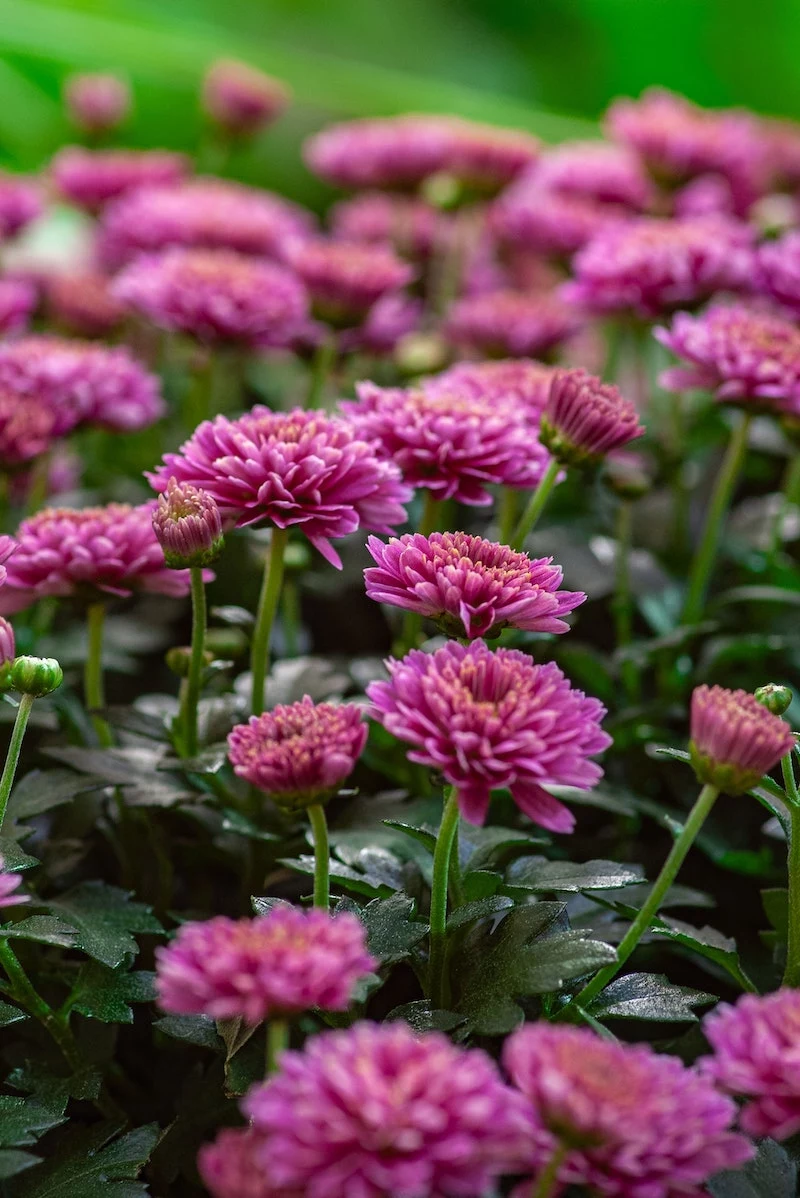
Color Right Now: Plants for an Instant Autumn Boost
Okay, let’s talk about instant gratification. These are the workhorses that look great the second you plant them and will keep the color coming until a hard frost.
- Hardy Garden Mums: First, a heads-up! Those perfect, dense mounds of mums at the grocery store are ‘florist mums.’ They’re designed for one spectacular show and then the compost pile. For your garden, you need to find ‘hardy mums’ or ‘garden mums’ from a real nursery. To get that classic bushy look, the pros ‘pinch’ them back. It’s easy: from spring until early summer, just use your fingers to pinch off the top half-inch of each growing stem. This forces the plant to branch out and create way more buds. If you buy them in the fall already blooming, get them in the ground ASAP and water them well. After they’re done flowering, leave the dead stems on all winter to protect the plant’s crown.
- Asters: These are the unsung heroes of the fall garden, and late-season bees and butterflies will flock to them. Their daisy-like flowers are stunning. The main downside? Some varieties are prone to powdery mildew, that white film on the leaves. The best defense is a good offense: plant them in full sun with plenty of space around them for air to circulate. They’re generally less fussy than mums.
- ‘Autumn Joy’ Sedum: This plant is practically indestructible. It’s a succulent, so it handles drought like a champ. The flower heads start as green broccoli-like buds, turn pink, and then deepen to a gorgeous coppery red in the fall. I always leave the dried heads for winter interest. By the way, if you find your sedum gets tall and flops open in the middle, here’s a pro trick called the ‘Chelsea Chop.’ Around late spring, just cut the whole plant back by about a third. It’ll grow back bushier and stronger, with no flopping!
- Japanese Anemones: If you’re going for a more graceful, elegant vibe, these are for you. They have tall, wiry stems that let the flowers dance in the breeze. They do best with some afternoon shade. A quick word of caution: when they’re happy, they can spread… a lot. This is great if you have a large area to fill, but in a small bed, they can be a bit of a bully. Know what you’re getting into!
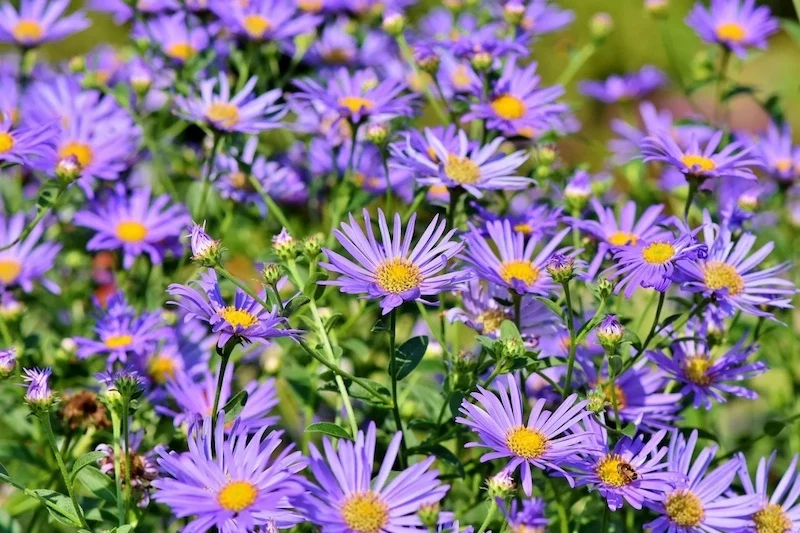
A Gift to Your Future Self: Planting for Spring
This is my favorite fall activity. Every bulb you plant is a little promise of spring. It’s an act of faith that feels so rewarding when those first green shoots appear.
A good rule of thumb is to plant bulbs two to three times as deep as the bulb is tall. And when in doubt, go a little deeper. Oh, and pointy side up! If you honestly can’t tell which end is which, plant it on its side. The bulb is smart enough to figure it out.
The Must-Have Bulbs
Daffodils (Narcissus): If you plant only one type of bulb, make it daffodils. Why? They are tough, they come back every year, and most importantly, they are toxic to critters. Deer, squirrels, and voles won’t touch them. This is a game-changer. For a natural look, don’t plant them in rigid lines. Gently toss a handful across the area and plant them where they land. After they bloom in spring, you HAVE to let the leaves turn yellow and die back on their own. The leaves are what recharge the bulb for next year’s flowers.
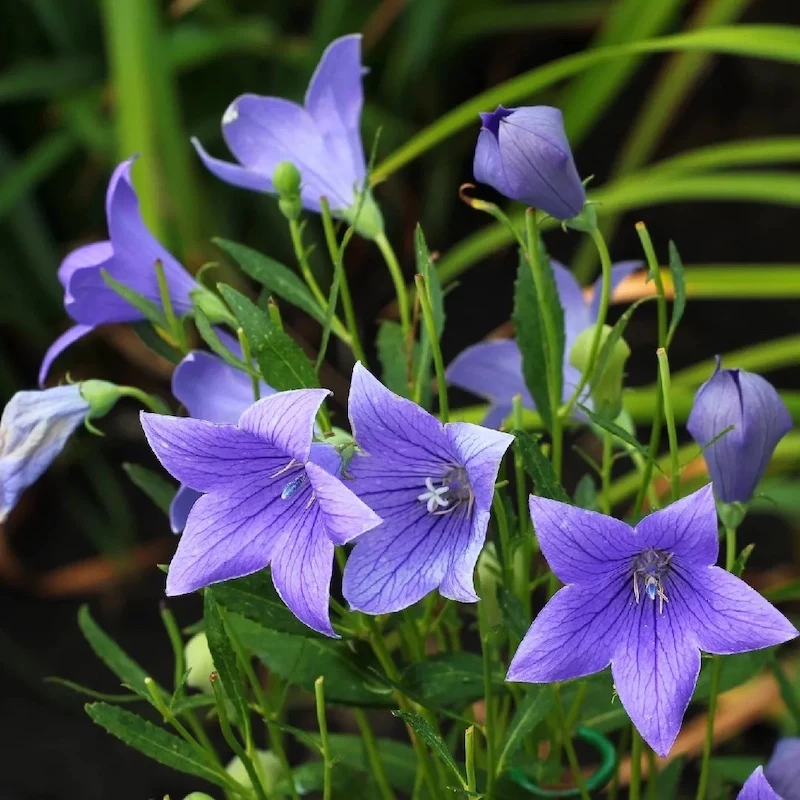
Tulips (Tulipa): Nothing beats the color range of tulips. But… they are basically candy for deer and squirrels. I’ve had entire plantings disappear overnight. If you’re set on tulips, plant them deep (a good 8 inches) or lay a piece of chicken wire over the soil after planting and cover it with mulch. To be frank, many of the big, fancy modern tulips are best treated as annuals, meaning you plant fresh ones each fall for the best show. A bag of 25 good tulip bulbs might cost you $15-$20.
Hyacinths (Hyacinthus): Prized for their incredible fragrance, they’re perfect near a door or walkway. Good to know: the bulbs themselves can cause a skin rash for some people. It’s nothing serious, but I always wear gloves when handling them just to be safe.
Key Perennials to Plant in Fall
Fall is, without a doubt, the best time to plant certain long-lived perennials.

I cannot say this enough: plant your peonies in the fall. The success of this flower depends almost entirely on planting depth. The little reddish buds on the root, called ‘eyes,’ must be planted no more than two inches below the soil surface. Any deeper, and you’ll get a beautiful green bush with zero flowers. It’s the number one mistake people make!
Short on Time? Try This 20-Minute Project
Feeling overwhelmed? Here’s a quick win. Go to the garden center and buy one nice pot, a six-pack of pansies (about $5), and one bag of daffodil bulbs (about $15).
Fill the pot two-thirds full with potting mix. Place 5-7 daffodil bulbs on the soil, pointy-side up. Cover them with a few more inches of soil, and then plant the pansies on top. Water it in. Bam! You get cheerful pansies for color all fall, and you’ll have a surprise burst of daffodils in the same pot next spring. Two seasons of joy for 20 minutes of work.

Bridging the Seasons with Cool-Weather Annuals
Pansies and violas are tougher than they look. In many areas, if you plant them in the fall, they’ll bloom, take a break in the deepest part of winter (often surviving just fine under the snow), and then be the very first things to flower again in late winter. Talk about value!
And don’t forget ornamental kale and cabbage. They are grown for their frilly, colorful leaves, which actually get more vibrant after a light frost. They provide amazing texture in pots and beds when everything else has faded.
A Few Final Tips for Your Region
Gardening is never one-size-fits-all. Your fall planting strategy should be timed around your area’s first frost date. Not sure when that is? A quick search for “first frost date” and your town’s name will give you a target.
- In Cold Climates: Your planting window is shorter, so aim to be done about 6 weeks before that first frost. After the ground freezes solid, add a 2-3 inch layer of mulch (like shredded leaves) over your beds. This acts like a blanket to prevent the ground from heaving and spitting your bulbs out.
- In Mild Climates: Your ground might not get cold enough for tulips and hyacinths. You can buy ‘pre-chilled’ bulbs or do it yourself by storing them in a paper bag in the fridge for 8-12 weeks before planting. Just keep them away from fruit like apples, which can ruin the bulbs.
- In Wet Climates: For you, drainage is everything. Heavy winter rain is the enemy. Consider building raised beds or really amending your soil with lots of compost and grit to keep your bulbs from rotting away.
The work you do in the crisp autumn air is a quiet investment in the future. It connects you to the rhythm of the seasons. And when those first brave shoots of green push through the cold ground next spring, you’ll be so, so glad you didn’t hang up that trowel.
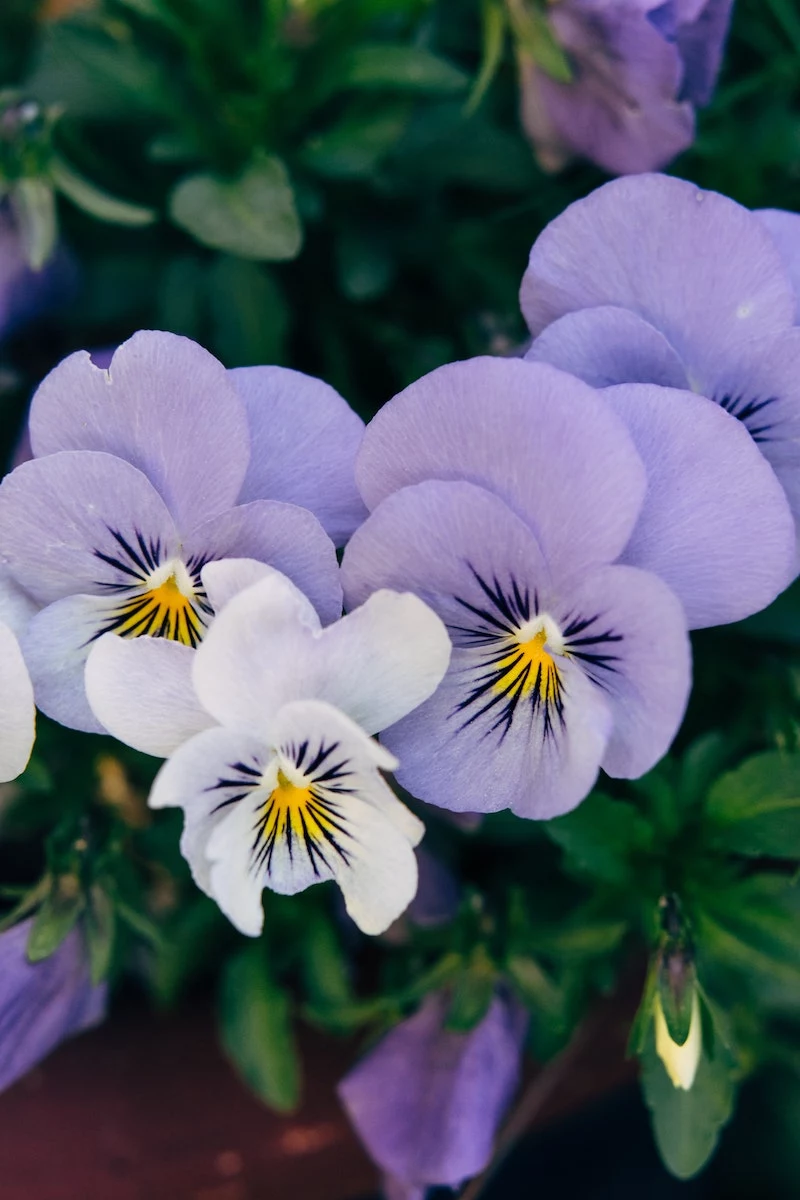
Inspirational Gallery
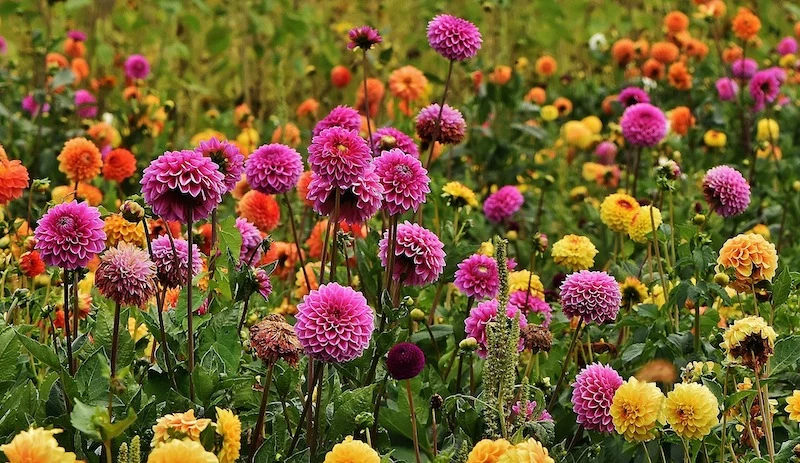
How do you choose plants that offer both autumn beauty and a spring surprise?
Think in layers and partnerships. For immediate fall color, plant vibrant Aster ‘Purple Dome’ or Sedum ‘Autumn Joy’. Their flowers will provide nectar for late-season pollinators. In the spaces between them, tuck in spring-flowering bulbs. The fading foliage of the asters and sedums in spring will be perfectly hidden by the emerging leaves of tulips like the fiery ‘Prinses Irene’ or classic ‘Thalia’ daffodils. This companion planting strategy gives you two seasons of beauty from one patch of soil.










